Anastasia Pilepchuk can’t pinpoint the exact moment she became interested in the arts but remembers experimenting with her surroundings a lot as a child. “I moved furniture, painted on my walls, made intricate boxes to put my stuff in… I even made a carpet.” Then adolescence hit, a period she describes as being quite grim. “Making art was like therapy for me. I was a pretty depressed teenager, so whenever I hit a dark stint, I plugged myself into my imaginary world and started drawing as a form of release.” As time went by, she began exploring new practices. Nowadays, apart from painting, she makes masks, designs clothes and is part of a DJ duo — all that alongside running a modelling agency and editing a magazine. “I like being a ‘multi person’. It might look like a lot to the outsider, but for me it’s a perfect schedule because it allows me to have a break from each activity. I just need two long holidays a year, one in winter and one in summer.”
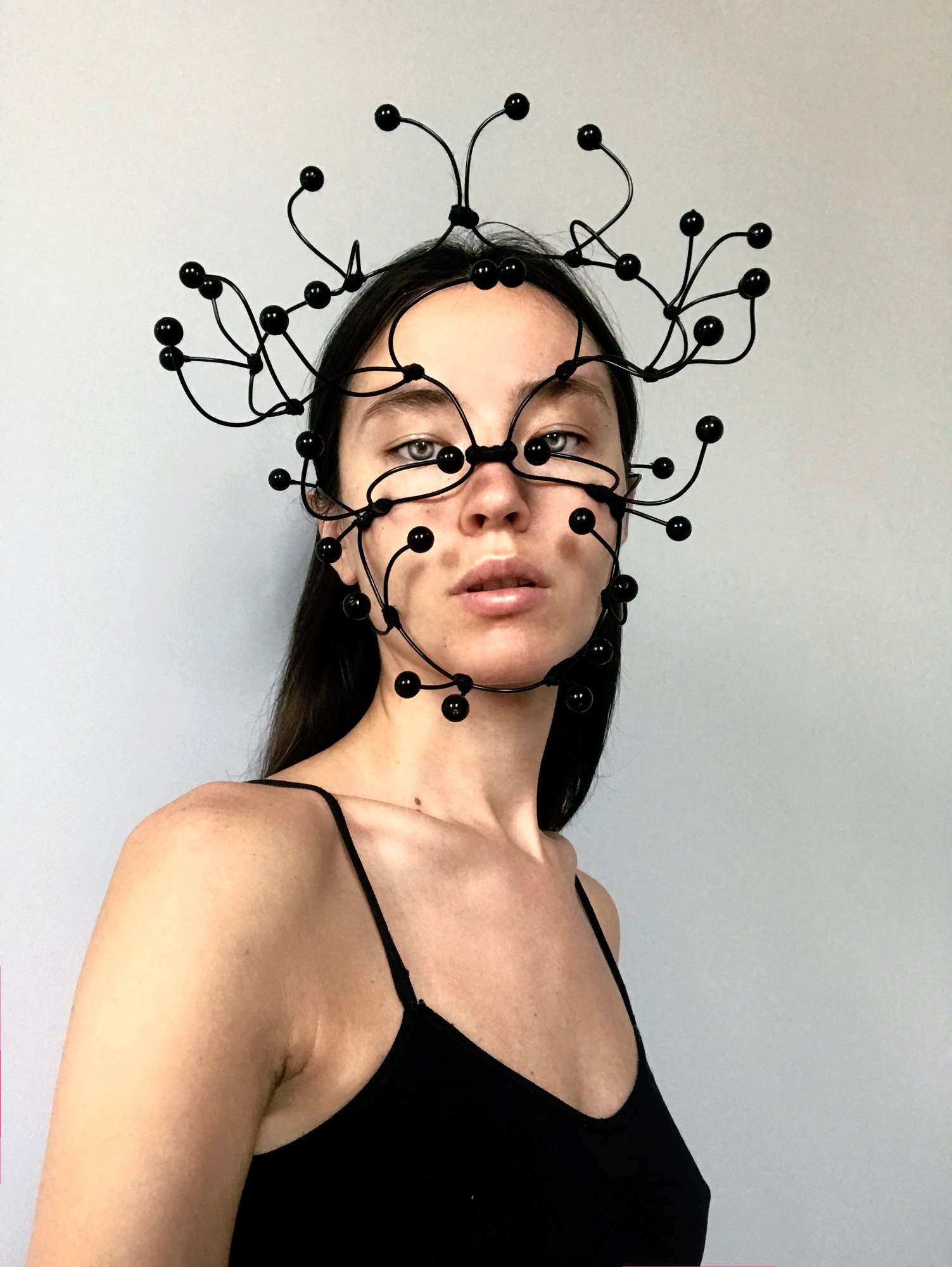
The 31-year-old was born in Siberia, in the small town Neryungri in Yakutia, and lived there until she was about eight years old. Later on she moved to Moscow and went on to attend the Moscow State University of Design and Technology, where she took classes in painting and jewellery design. Unfortunately things didn’t really pan out the way she had in mind. “We face a lot of problems with our education system in Russia,” she explains. “For instance, schools can be really poorly equipped in terms of materials and tutors are, at times, really old-fashioned. Perhaps back in the day students were more accepting of the situation but nowadays so many art-oriented Russians dream about studying in other countries, and actually have the opportunity to do it,” she says. “I also wanted to leave, but didn’t have the chance until many years later.” At 22 she first visited Berlin, a city she loves for its sense of freedom. “In Berlin, nobody judges you — everybody just accepts you for who you are. I really fell in love with the city, and try to spend as much time there as possible. I do, however, call Moscow my home.”
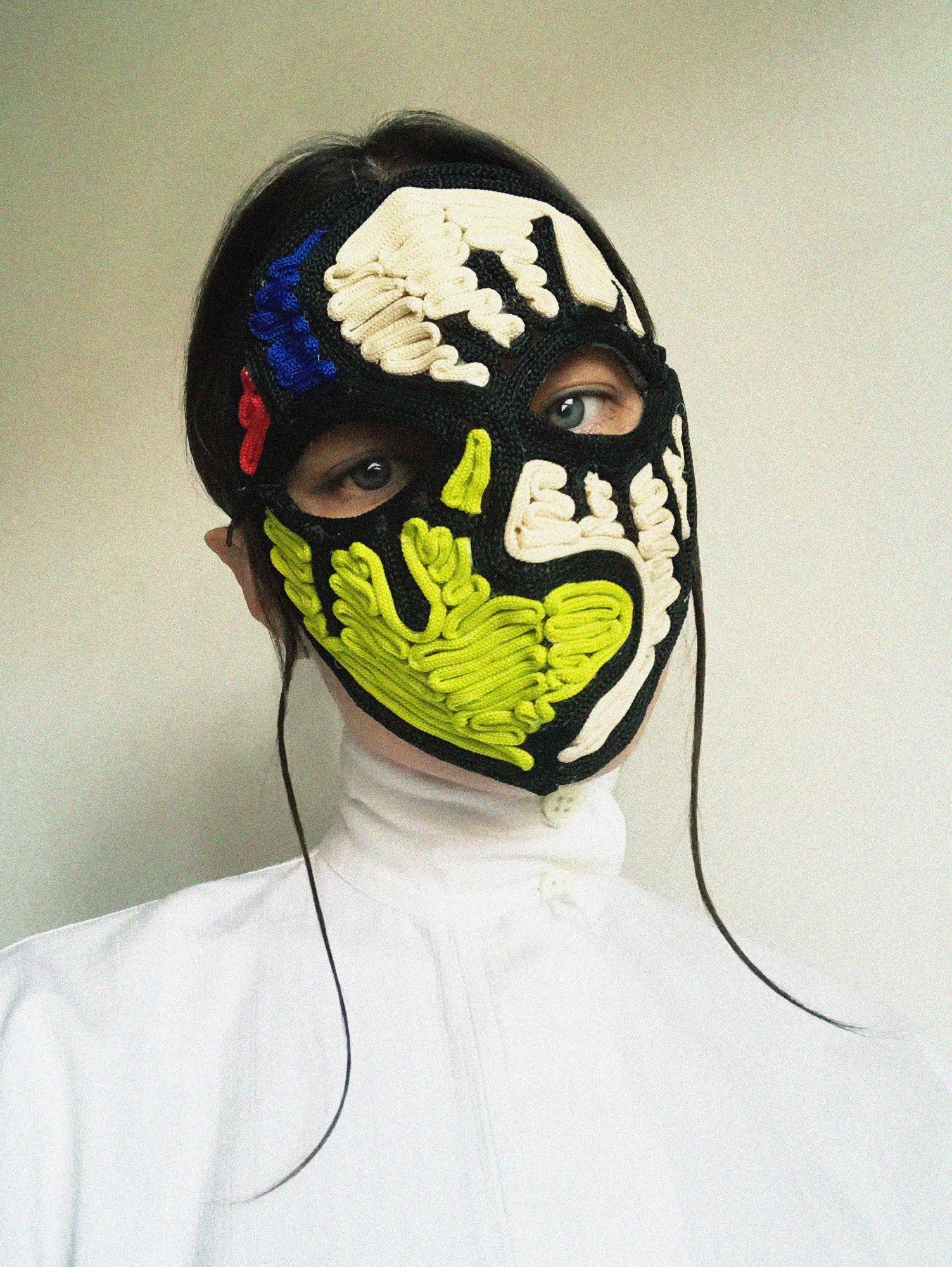
Over the last couple of years, Moscow has emerged from its 20th-century isolation and has become an interesting cultural hub where contemporary and classical arts meet. New spaces such as the Garage Museum of Contemporary Art and the Winzavod Centre for Contemporary Art are dedicated to celebrating Russia’s young art movement.
“We have a rich history in Russia in terms of all these amazing classical artists like Mikhail Vrubel, Viktor Vasnetsov and Kuzma Petrov-Vodkin,” Anastasia says. “These were real inventors and not just artists. Unfortunately a lot of Russian artists struggle nowadays to reach that level. Maybe it’s because most of them want to make money, which is hard if you want to make more obscure art.” She adds that, “most artists in Russia are supportive and open-minded though, and very inspiring.” Among her favourites she lists Nicolas Koshkosh, a Ukrainian painter who moved to Moscow due to the war back home and has since become a visible face of the cross-border cultural movement; and Dunya Zakharova whose dreamy, pastel sculptures communicate a combination of loneliness, tenderness and melancholy.
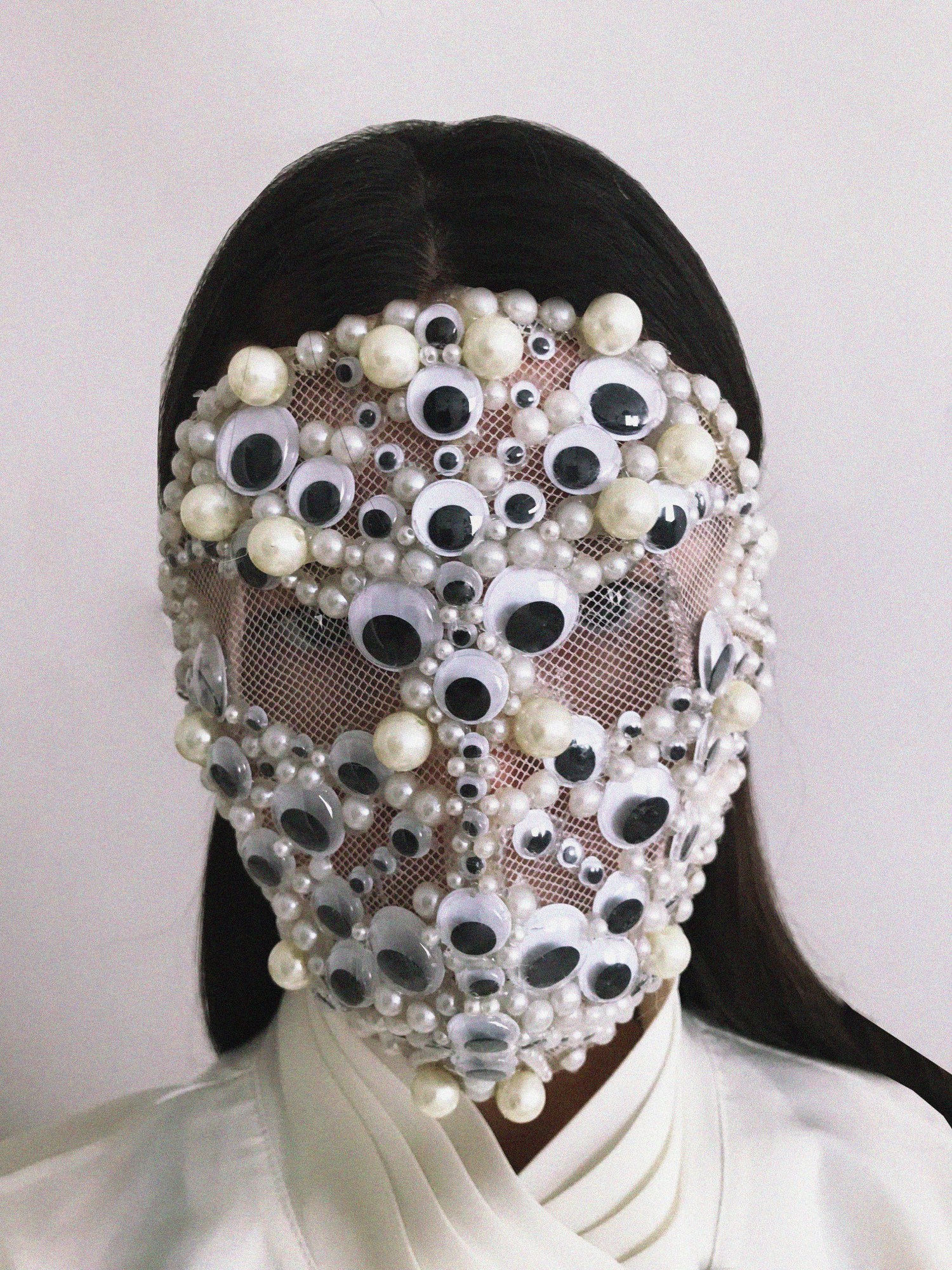
“I derive a lot of my inspiration from Frida Kahlo and Björk — they are so unique and special,” Anastasia continues. “Björk is definitely one of my favourite artists and I think she influenced my vision somehow. But in my mask-making I get inspiration from plenty of other things as well: people, nature, cultures, moods. For example, one of my masks is like drops of a waterfall, another one looks like a glacier that I’ve seen in Iceland, and another depicts the mood I had the moment I made it. I never know what the next mask will look like. I just take material, draw on a certain emotion or memory, and work until I realise that it’s finished.”
Anastasia explains that while a lot of the masks she makes used to be destined for her own music performances, she now makes some of them purely because she enjoys the process, and some for other people. “My main aspiration is to do collaborations with talented artists and musicians,” she says. “I love meeting new people through my art.”

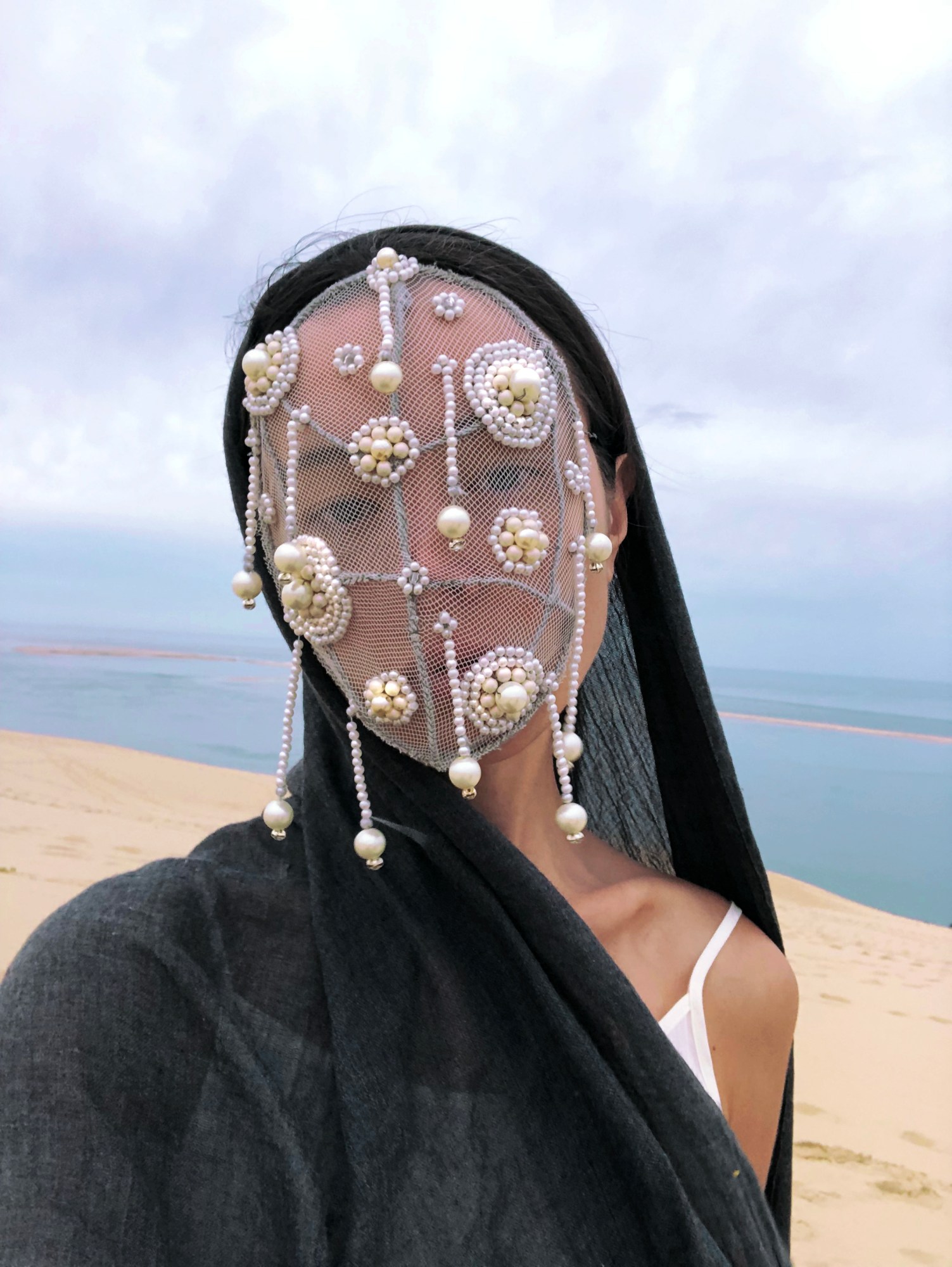
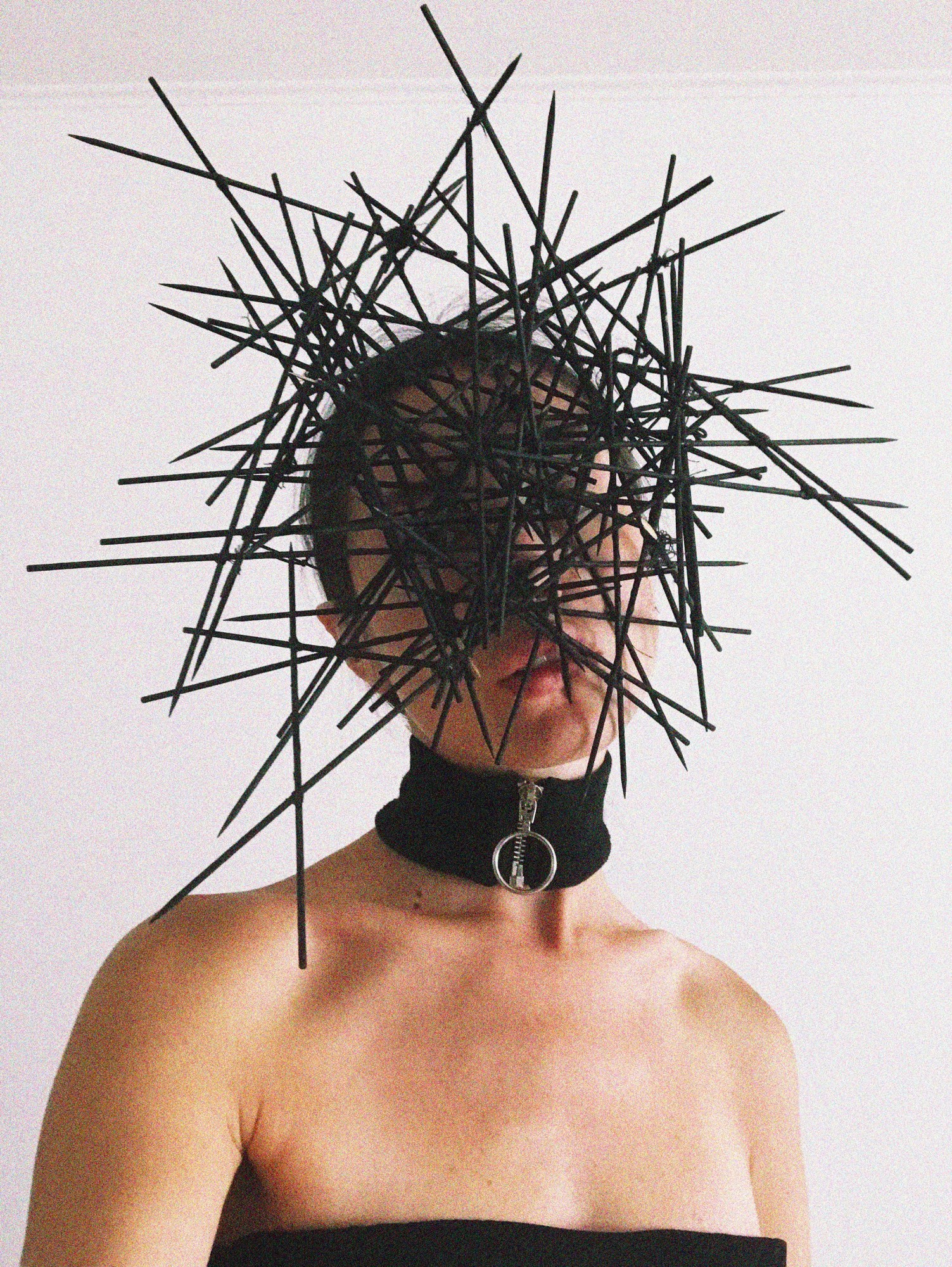
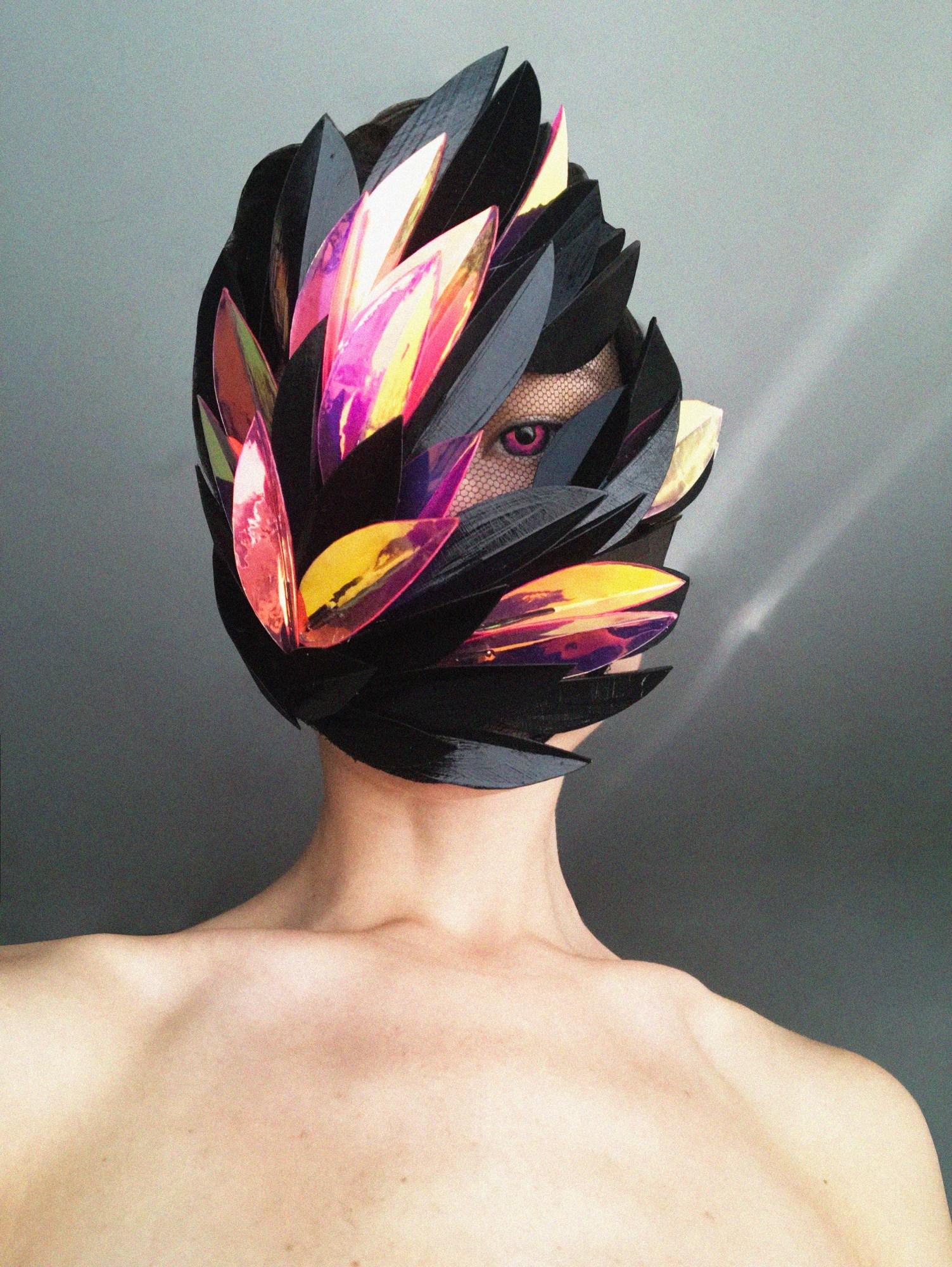
Credits
All images courtesy of Anastasia Pilepchuk
@nastia_pilepchuk
